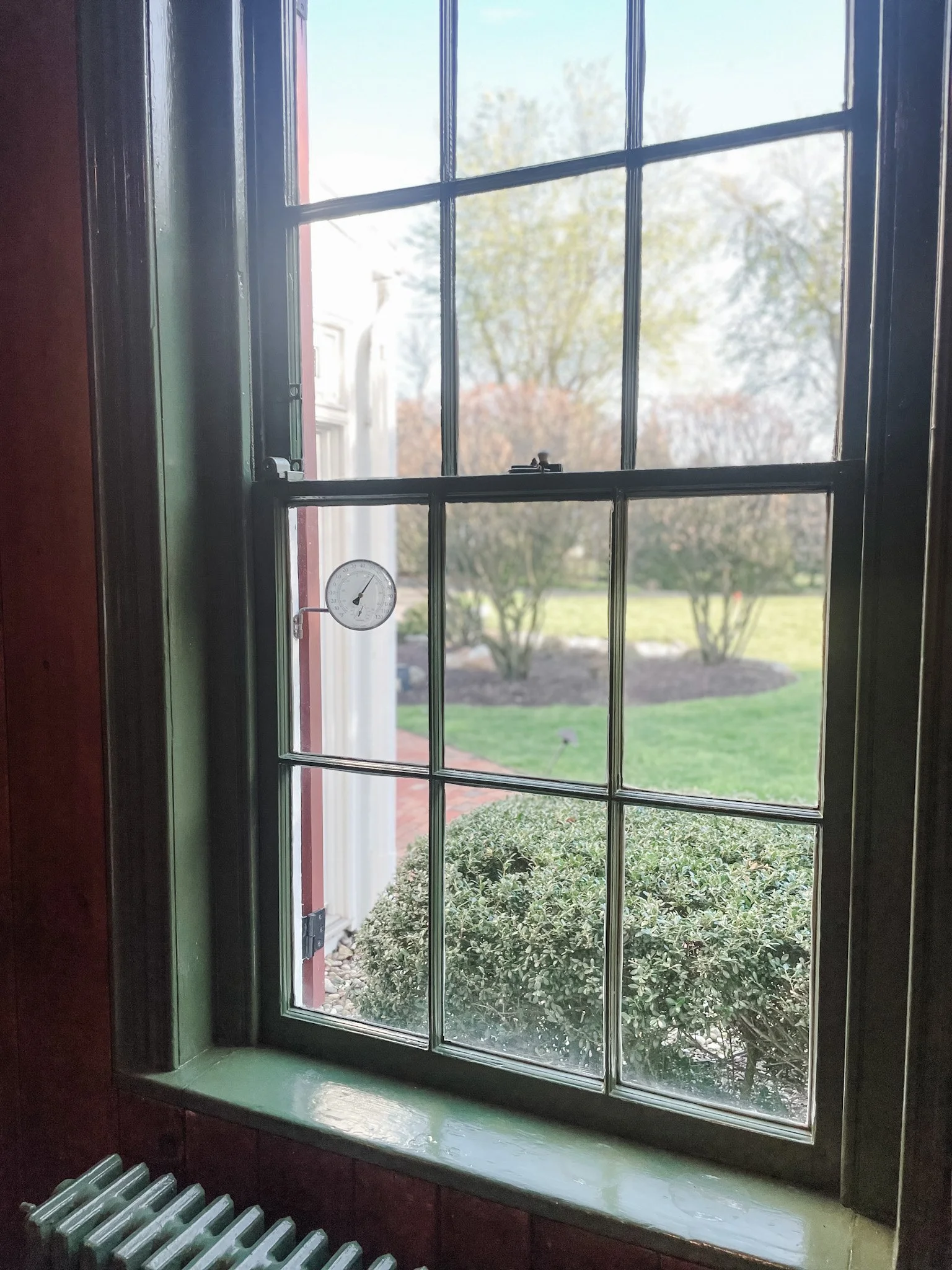Does My Child Have Asthma? How We Diagnose Asthma
If you’re a parent of a little one with a lingering cough, nighttime wheezing, or a chest that seems to work a little too hard when they play, you’ve probably wondered: Could this be asthma?
Asthma is one of the most common chronic conditions in children—and also one of the most misunderstood. Diagnosing asthma in kids isn’t always as straightforward as we’d like, especially in babies and toddlers who can’t always tell us how they feel. But there are clear steps we take as pediatricians to help figure it out.
Here’s a simple guide to how we diagnose asthma in children, age by age.
Babies + Toddlers (Birth to ~3 years): Clinical Clues and Patterns
Before age 3, you may hear terms like “reactive airway disease” or “recurrent wheezing.” instead of asthma. That’s because many young children have wheezing with colds or viral infections, but not all of them go on to have asthma.
Here’s what we watch for:
Frequent wheezing episodes (more than 3 in a year)
Wheezing or coughing that’s worse at night
Family history of asthma, eczema, or allergies
Symptoms triggered by things like smoke, activity, or cold air
We often do a trial of albuterol (a fast-acting bronchodilator medicine) using an inhaler with a spacer and mask. If your child consistently improves after using albuterol during wheezing episodes, it’s a clue that their airways are reacting in an asthma-like way. This is a strong clue that, whatever the title is, your child may have asthma.
We also look at patterns: Is this happening with every cold? Are symptoms lasting longer than other kids’ illnesses? Is it getting worse over time?
Preschool + Early Elementary (Ages 3 to 5): More Clarity, Still Clinical
Around age 3 to 5, many kids start to show clearer patterns. If your child has:
Frequent coughing, especially at night
Coughing, wheezing, or chest tightness after activity and playing
Frequent wheezing episodes
— we may be more ready to consider a formal diagnosis of asthma.
We still mostly rely on clinical diagnosis at this age, based on history, physical exam, and how your child responds to asthma medications.
We may use a diagnostic trial: giving a child albuterol as needed, to see if symptoms improve over time.
At this age, many kids still can’t reliably do spirometry (a breathing test we’ll talk more about below), but we’re getting closer.
School-Aged Kids (Ages 6+): Breathing Tests and Objective Tools
Once your child turns 6 (and if they don’t have any medical conditions or sensitivities that could affect this process), they can often perform spirometry, a simple test that helps us see how well their lungs are working. Here’s how it works:
Your child takes a deep breath in and blows out as hard and fast as they can into a special machine.
The machine measures how much air they can blow out (lung capacity) and how quickly they can do it.
We may also give albuterol during the test and compare the results before and after to see if their lung function improves — a clear sign of asthma.
This test helps us not only diagnose asthma but also track how well it's controlled over time.
And Just Remember: It’s a Journey, Not Just a Moment
Asthma isn't something we diagnose based on one cough or one visit. It's a pattern we watch, a puzzle we piece together over time. We listen to your stories — the late-night coughing, the missed soccer practices, the nervous moments when your child seems to work too hard just to breathe.
As pediatricians, we bring the tools: albuterol trials, lung function tests, medication plans. You bring your lived experience. Together, we figure it out.
And if your child does have asthma? You’re not alone. With the right care, support, and medications, most kids with asthma run, play, laugh, and thrive just like anyone else.
Sending you a big hug,
Anjuli
Disclaimer: This blog post is for informational purposes only and should not replace the specific instructions provided by your child's surgeon or healthcare provider. Always follow the post-operative care instructions given by your medical team.

